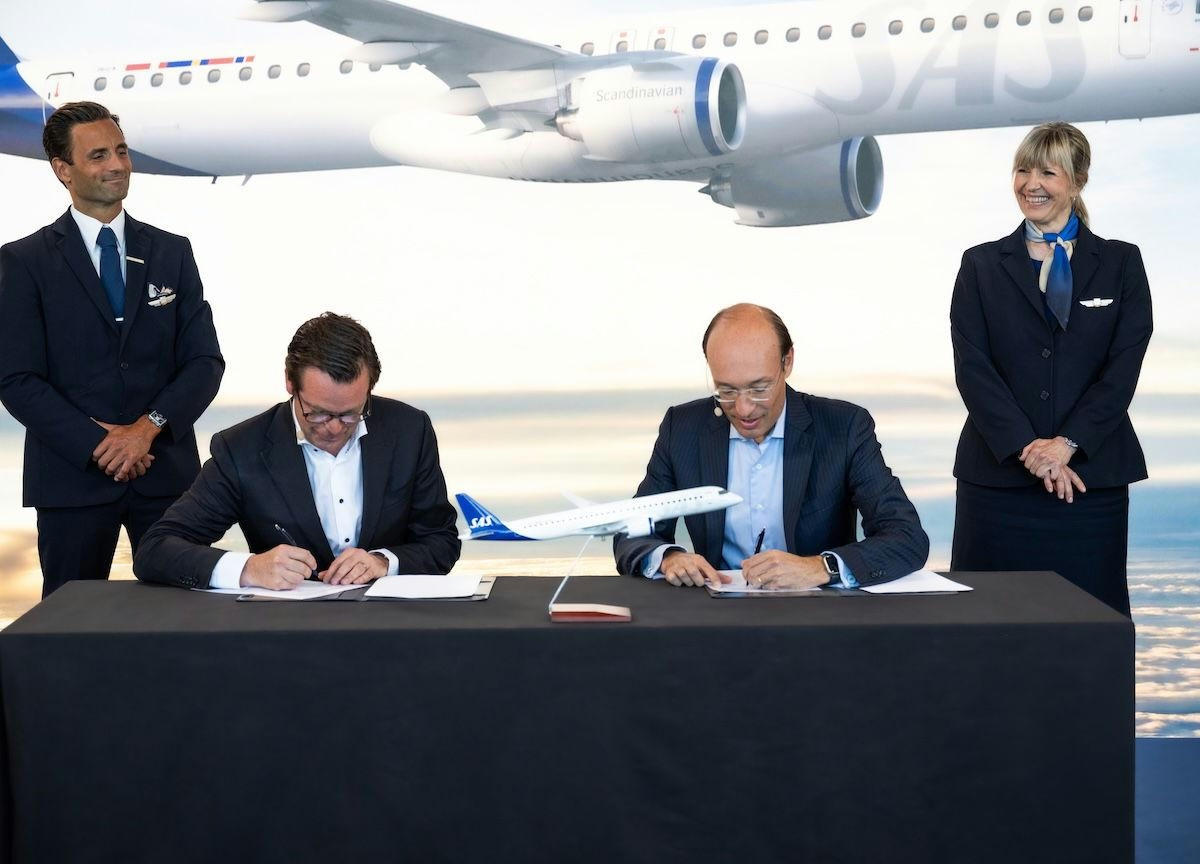
Smarter email, faster business.
Trending
Can Russian Air Transport Expand Amid Sanctions?
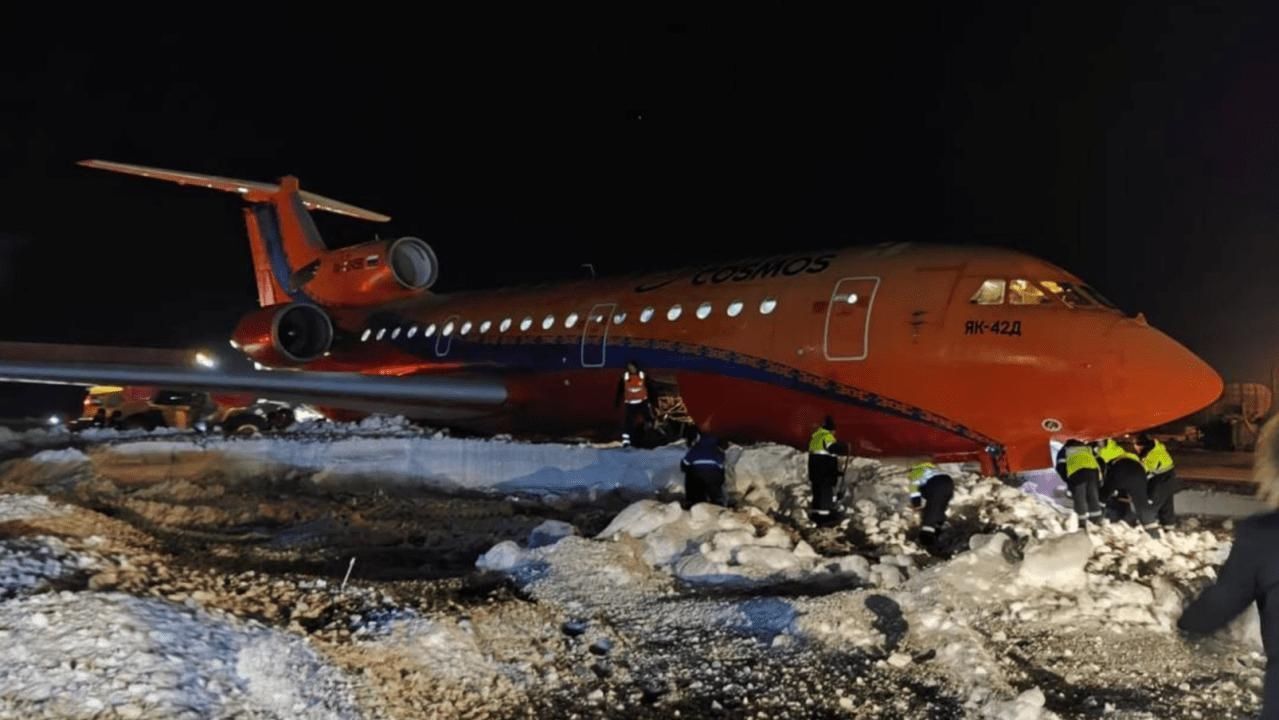
Russian Airlines Show Profitability Amid Sanctions but Face Uncertain Future
Recovery and Current Performance
In 2024, Russian domestic airlines achieved a notable return to profitability after enduring three years of significant disruption caused by extensive Western sanctions. Passenger traffic within Russia surpassed prewar levels, reaching 111.6 million, according to financial data reported by Interfax on April 3. Leading carriers such as Aeroflot Group, Ural Airlines, and S7 Airlines reported substantial profits, with Aeroflot Group posting earnings of 22 billion rubles ($255 million). Collectively, the top ten airlines, responsible for 87% of passenger traffic, mostly recorded positive financial results, with the exception of Rossiya Airlines, which reported losses.
Despite these encouraging figures, government officials and industry experts remain cautious about the sector’s long-term trajectory. The Russian Federal Air Transport Agency (Rosaviatsia) anticipates a slight decline in passenger numbers to 109.7 million in 2025. More conservative forecasts from the State Scientific Research Institute of Civil Aviation predict a sharper downturn to 95.1 million passengers in 2025 and 91.2 million in 2026, followed by a gradual recovery to 126.8 million by 2030. Even with this rebound, passenger volumes would still fall short of the 2019 peak of 128.1 million.
Challenges and Operational Constraints
The early months of 2025 have already reflected these cautious projections. After stagnating in January, domestic passenger numbers declined by 3.4% in February, driven by weakening demand and a halt in international air services, which had previously been a significant growth factor. International traffic showed modest growth of 6% in January but plateaued in February, highlighting the ongoing impact of sanctions and competitive pressures from European carriers seeking to consolidate their market positions.
Sanctions imposed following Russia’s 2022 invasion of Ukraine have severely disrupted the aviation sector. Russian airlines, historically dependent on Western aircraft and maintenance services, now face acute shortages. As of February, approximately 620 foreign-made aircraft with more than 19 seats were in operation—a 16% reduction compared to three years earlier, when sanctions first prevented new aircraft acquisitions and Moscow prohibited the return of leased planes to foreign lessors. While some aircraft were reclaimed abroad or with government consent, numerous older models, particularly Boeing jets, have been grounded due to technical difficulties.
Aeroflot, which transports over half of Russia’s air passengers, reported record load factors in early 2025, with 91% occupancy on international flights and 86.5% domestically, despite fleet limitations. Its subsidiary Rossiya lost nearly 20% of its foreign aircraft, including several Boeing 747s and 777s, while charter operator Nordwind Airlines relinquished about 12% of its fleet under similar pressures.
Strategic Shift Towards Domestic Production
In response to these challenges, Russian carriers are increasingly relying on domestically manufactured aircraft such as the Sukhoi Superjet 100 and the newly introduced MC-21. This strategic pivot aims to reduce dependence on Western technology and spare parts, ensuring operational continuity amid ongoing geopolitical tensions. The move also aligns with Moscow’s broader objective of bolstering the domestic aerospace industry in the face of sustained sanctions.
While Russian airlines have demonstrated resilience and profitability despite significant obstacles, the sector’s future growth remains uncertain. Continued sanctions are reshaping the competitive environment and restricting access to essential resources, posing ongoing challenges for the country’s air transport industry.

How Student Partnerships Fuel Aerospace Innovation
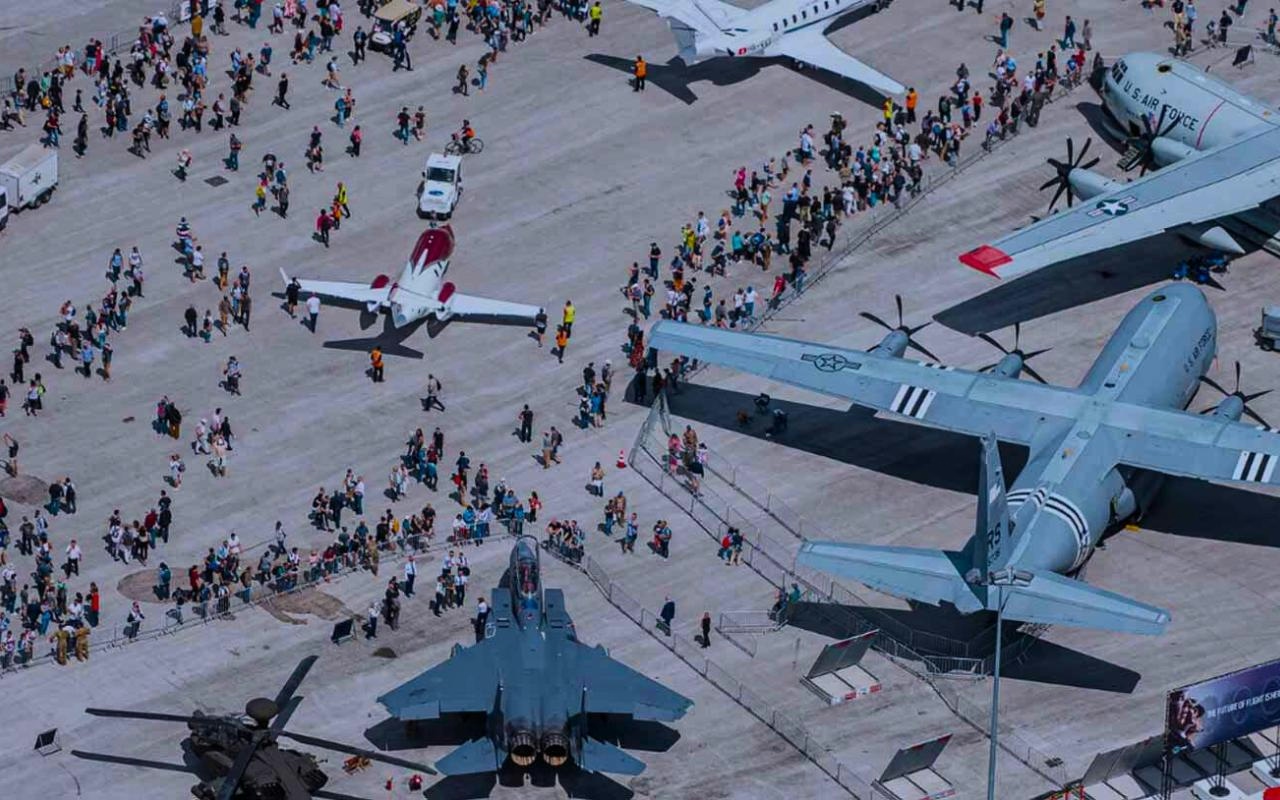
Dubai Airshow 2025 Reveals Main Agenda and Activities
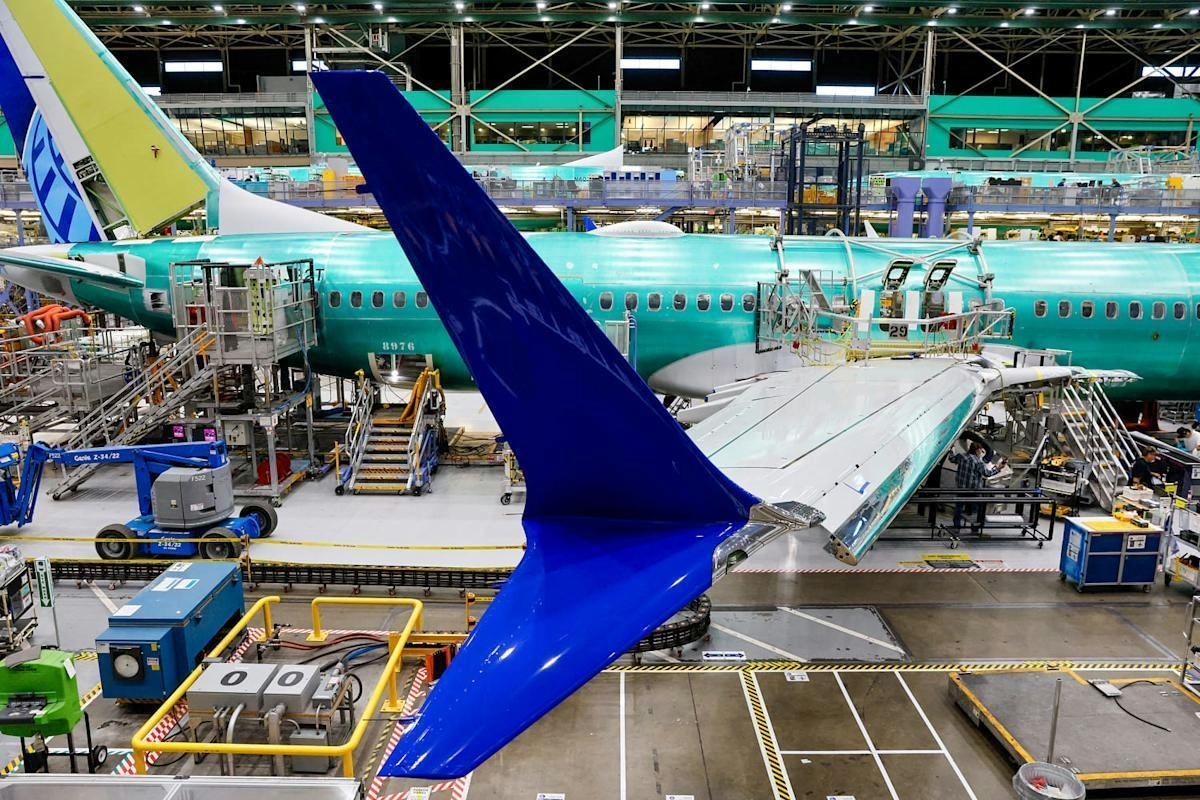
Willis Lease Finance: A Strategic Play in Aviation Leasing Amid Near-Term Volatility
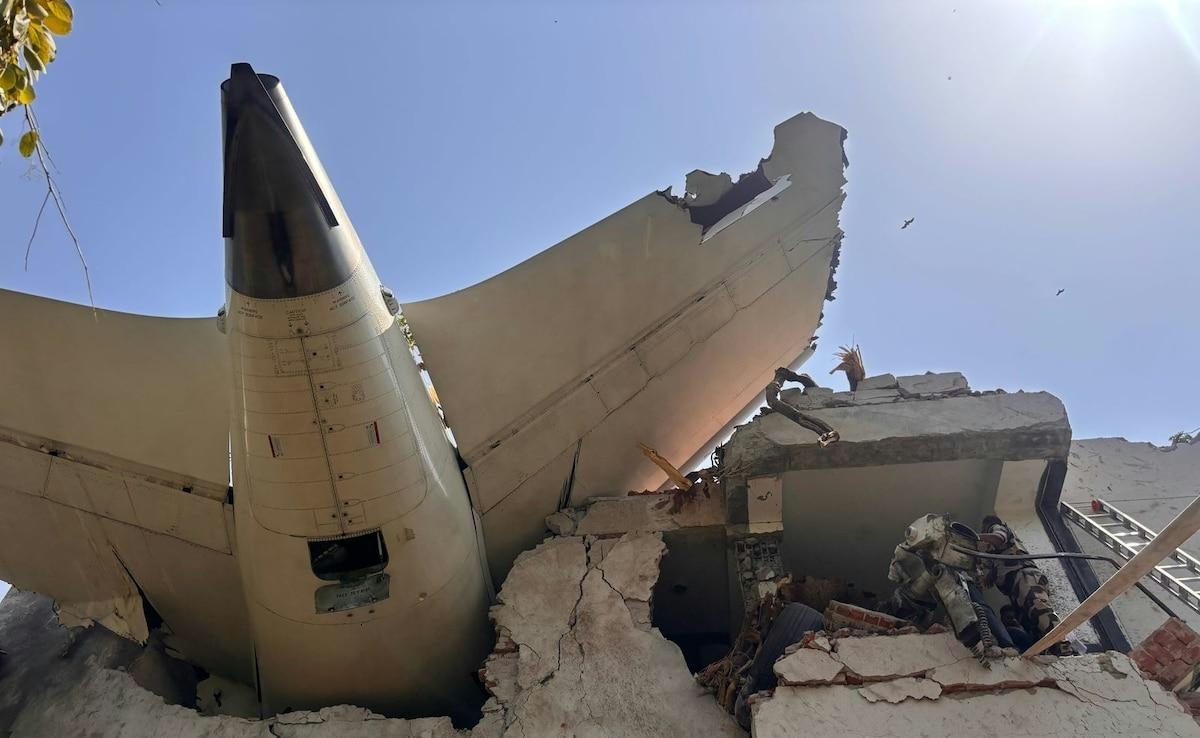
AI-Generated Content Spreads Misinformation After Air India Crash
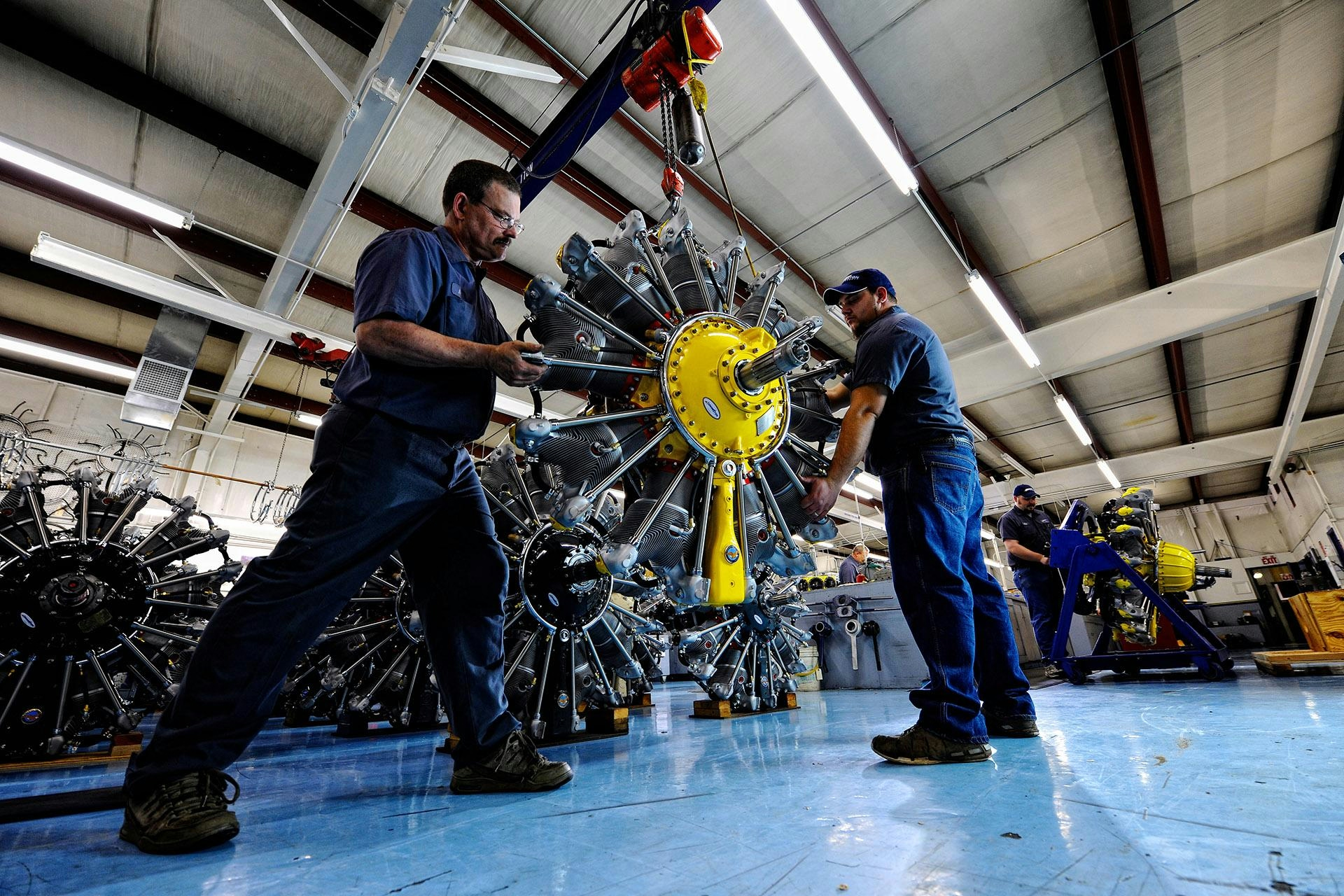
Covington Aircraft Engines to End Radial Engine Production in 2025

Yingling Aviation Named Authorized Honeywell Dealer
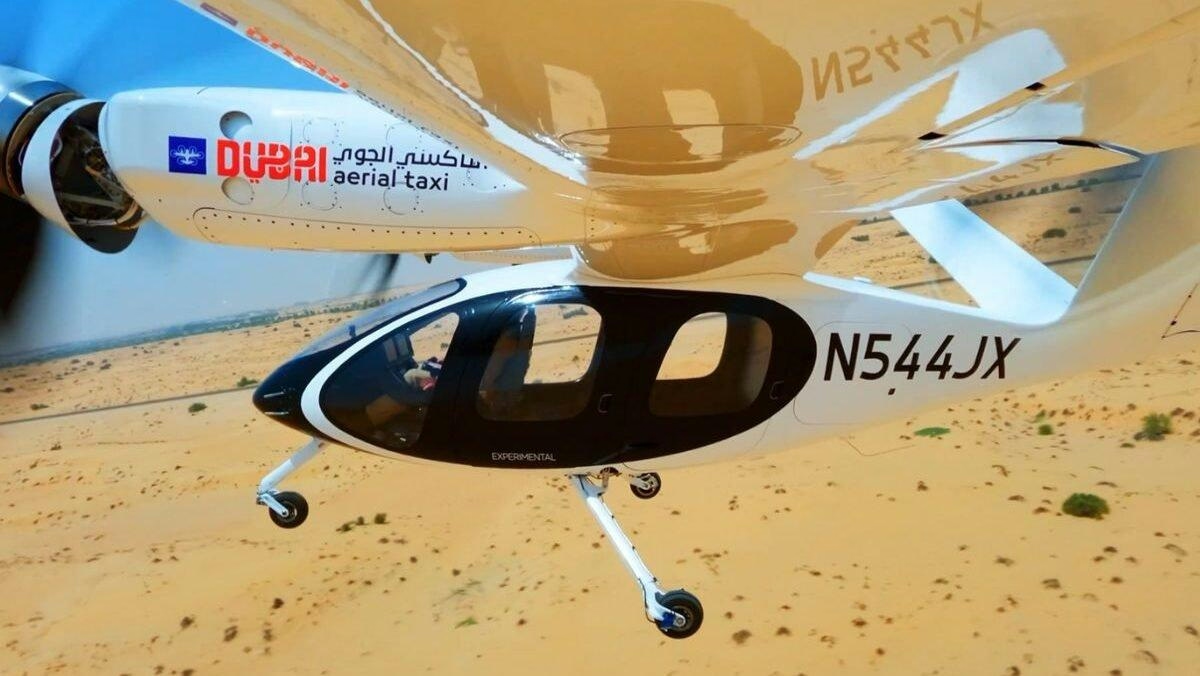
Does Joby Aviation's Milestone in Dubai Point Toward Further Growth?
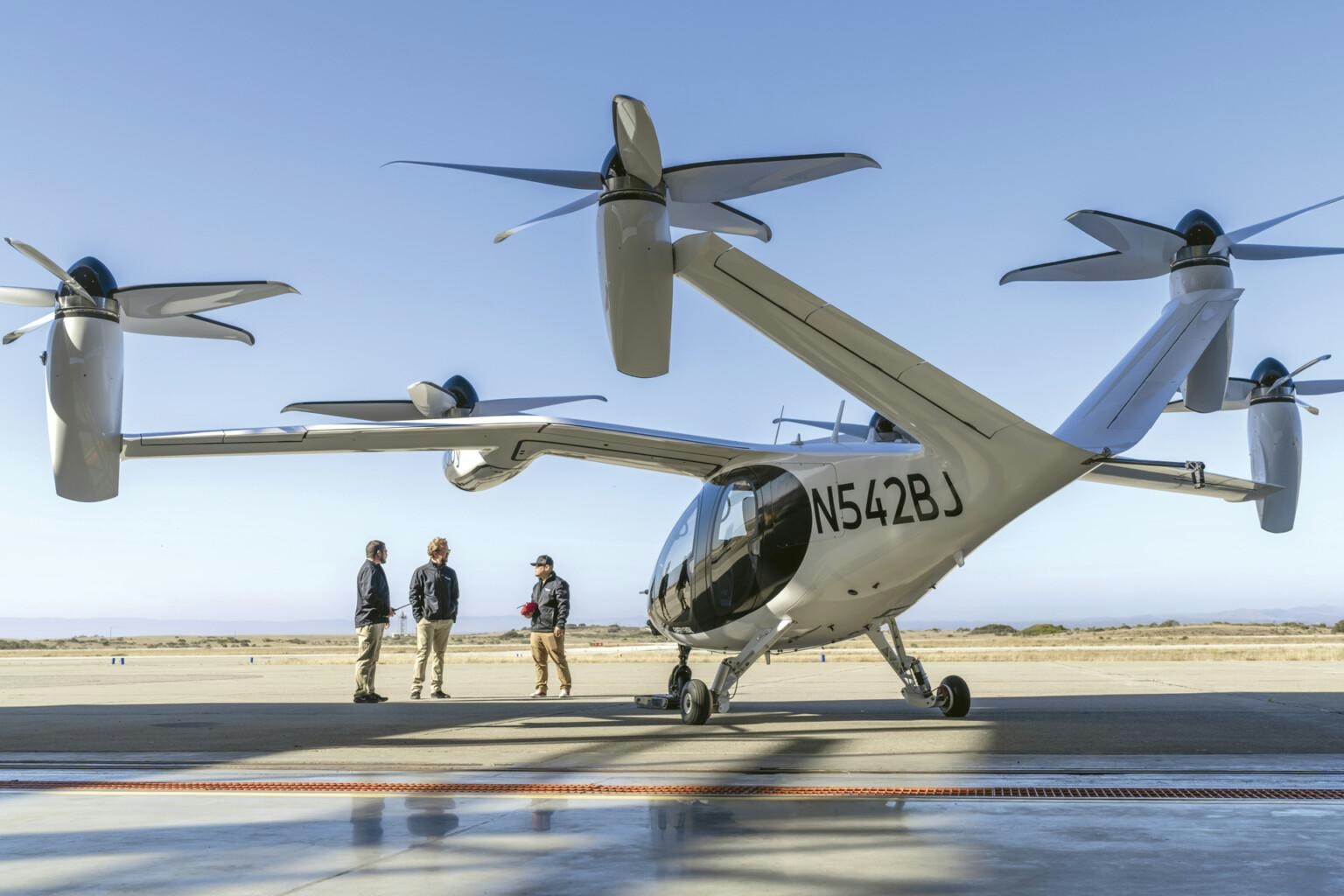
New Invention Promises to Eliminate Airplane Emissions in Country
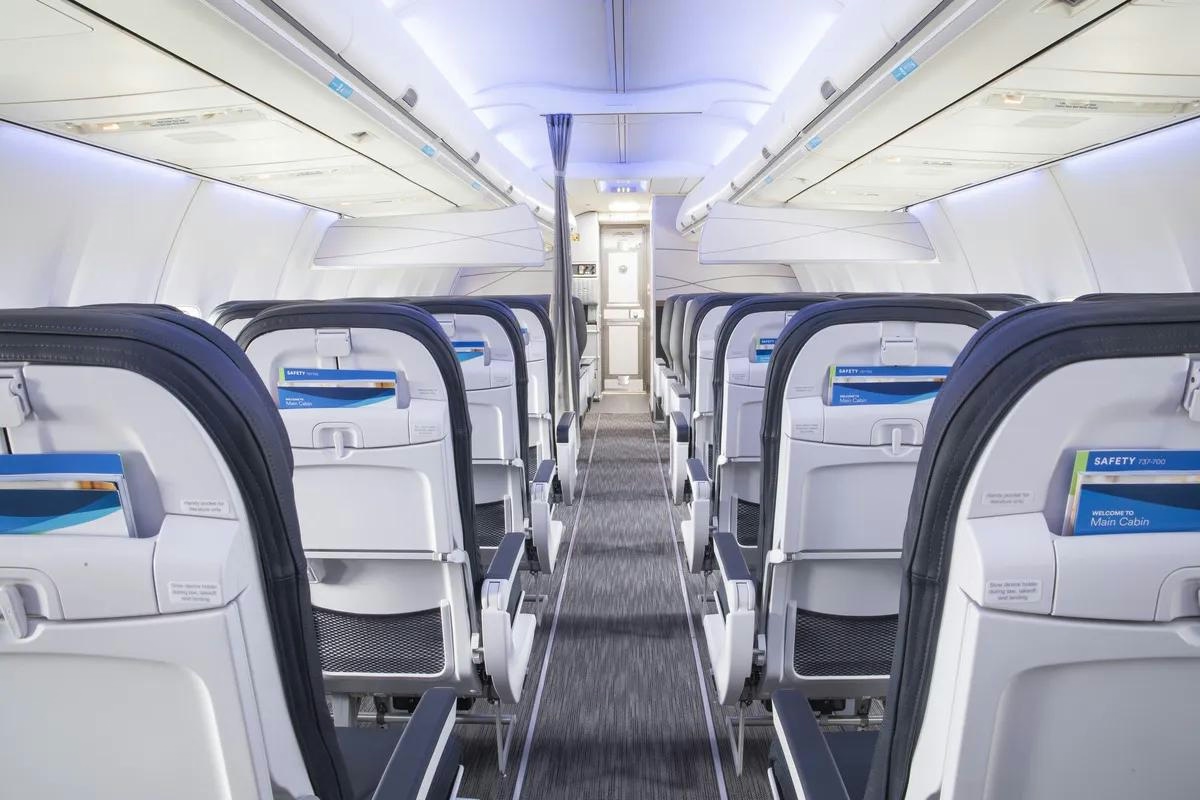
Key Questions on Chinese Travel, AI, and Airlines Answered by Skift
